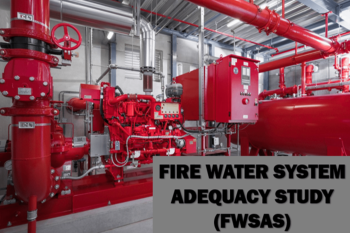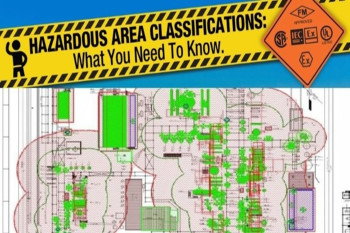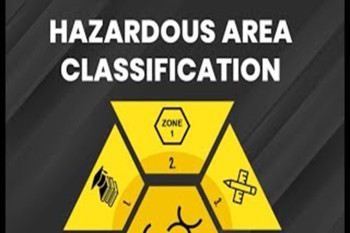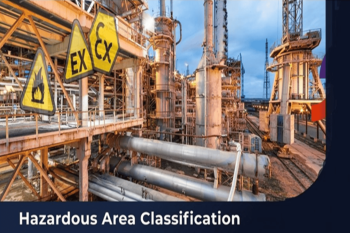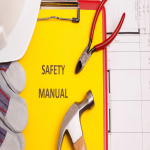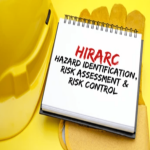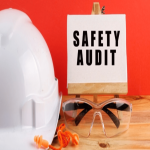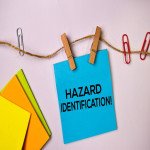METHODOLOGY FOR DUST HAZARD ANALYSIS (DHA)
1. OBJECTIVE
This standard shall provide the minimum general requirements necessary to manage the fire, flash fire, and explosion hazards posed by combustible dusts and directs the user to other NFPA standards for industry- and commodity-specific requirements.
2. SCOPE
This standard shall provide the basic principles of and requirements for identifying and managing the fire and explosion hazards of combustible dusts and particulate solids.
3. REFERENCE FOR DHA METHODOLOGY
NFPA 652 (Standards of fundamental of combustible Dust)
As per Client Guidelines
National & International reference books.
4. ORDER OF PRECENDENCE
NFPA 652 (Standards of fundamental of combustible Dust)
As per Client Guidelines
National & International reference books.
5. PROPOSED METHODOLOGY
5.1. Methodology
The DHA shall include the following:
1. Identification and evaluation of the process or facility areas where fire, flash fire, and explosion hazards exist.
2. Where such a hazard exists, identification and evaluation of specific fire and deflagration scenarios shall include the following:
Identification of safe operating ranges
Identification of the safeguards that are in place to manage fire, deflagration, and explosion events.
Recommendation of additional safeguards where warranted, including a plan for implementation.
3. Material Evaluation: - The DHA shall be based on data obtained in accordance with Chapter 5 of NFPA for material that is representative of the dust present.
4. Process Systems. Each part of the process system where combustible dust is present or where combustible particulate solids could cause combustible dust to be present shall be evaluated, and the evaluation shall address the following:
Potential intended and unintended combustible dust transport between parts of the process system.
Potential fugitive combustible dust emissions into a building or building compartments.
Potential deflagration propagation between parts of the process system
I. Each part of the process that contains a combustible particulate solid and that can potentially include both of the following conditions shall be considered a fire hazard and shall be documented as such:
Oxidizing atmosphere
Credible ignition source
II. Each part of the process that contains a sufficient quantity of combustible dust to propagate a deflagration and that can potentially include all the following conditions shall be considered a dust deflagration hazard and shall be documented as such:
Oxidizing atmosphere
Credible ignition source
Credible suspension mechanism
5. Building or Building Compartments.
Each building or building compartment where combustible dust is present shall be evaluated.
Where multiple buildings or building compartments present essentially the same hazard, a single evaluation shall be permitted to be conducted as representative of all similar buildings or building compartments.
The evaluation shall address potential combustible dust migration between buildings or building compartments.
The evaluation shall address potential deflagration propagation between buildings or building compartments.
I. Each building or building compartment that contains a combustible particulate solid and that can potentially include both of the following conditions shall be considered a fire hazard and shall be documented as such:
Oxidizing atmosphere
Credible ignition source
The evaluation of dust deflagration hazard in a building or building compartment shall include a comparison of actual or intended dust accumulation to the threshold housekeeping dust accumulation that would present a potential for flash-fire exposure to personnel or compartment failure due to explosive overpressure.
Threshold housekeeping dust accumulation levels and nonroutine dust accumulation levels (e.g., from a process upset) shall be in accordance with relevant industry- or commodity-specific NFPA standards.
II. Each building or building compartment that contains a sufficient quantity of combustible dust to propagate a deflagration and that can potentially include all of the following conditions shall be considered a dust deflagration hazard and shall be documented as such:
Oxidizing atmosphere
Credible ignition source
Credible suspension mechanism
Figure 1:DHA Methodology Flow sheet
5.2. Project Deliverables
Table 1: DHA
5.3. Sample Worksheet
5.4. Software to be used
PHA ProV8
